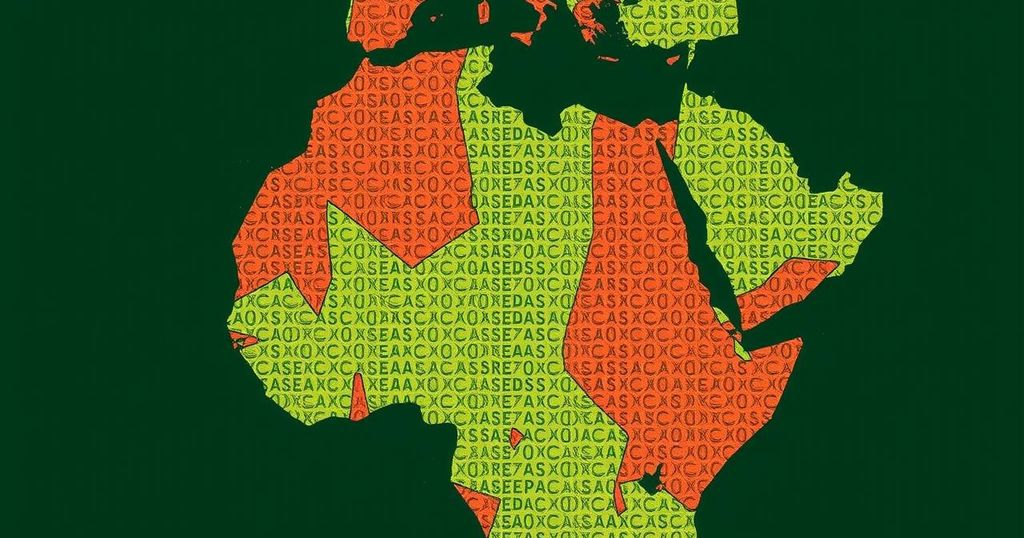The Debt-Education Nexus: Insights from Zimbabwe, Eritrea, South Sudan, and South Africa

This article explores how public debt impacts educational access in Zimbabwe, Eritrea, South Sudan, and South Africa. It highlights the challenges of financial constraints and governance issues, detailing how these factors hinder educational investments and outcomes. The discussion emphasizes the necessity for effective debt management strategies that prioritize education and involve collaboration among stakeholders to ensure the right to education is upheld.
This examination of the correlation between public debt and educational access, particularly in Zimbabwe, Eritrea, South Sudan, and South Africa, illustrates the profound effects of financial challenges and governance barriers on education. Each country displays how economic policies alongside fiscal pressures affect their capability to uphold educational commitments. In Zimbabwe, hyperinflation and economic mismanagement hinder educational investments, leading to substandard schooling conditions and low enrollment rates. Eritrea’s extreme self-reliance and military prioritization severely restrict educational access due to disrupted education paths and financial limitations.
South Africa’s economic advancement is overshadowed by substantial educational inequities stemming from its apartheid legacy. Despite some improvements, systemic underfunding and governance issues perpetuate resource allocation challenges. In South Sudan, ongoing conflict and resource mismanagement have drastically reduced educational infrastructure, prioritizing debt repayment over educational needs. Overall, these countries illustrate that reconciling debt management and education is critical for creating sustainable educational systems.
Addressing the educational deficits and managing public debt requires collaboration between debtor nations and their creditors, emphasizing the need for effective fiscal reforms. Implementing debt restructuring, along with policies safeguarding educational funds from budget cuts, is essential. The insights derived from these case studies propose a model that not only aligns with international legal frameworks, such as the International Covenant on Economic, Social and Cultural Rights, but also reinforces the Sustainable Development Goals.
In summary, aligning education needs within the framework of debt management and governance can create a pathway towards sustainable development. Transparency, community engagement, and anti-corruption measures must be integrated into public financial management to enhance educational access. Countries must prioritize the interconnectedness of debt and education to foster equitable social development and uphold the right to education for all citizens.
This elaborative approach emphasizes that national and international stakeholders must engage in collaboration to ensure educational investments are not sidelined by debt obligations.
The relationship between public debt and educational access has become increasingly critical in various nations, particularly in Africa, where economic and governance challenges severely restrict educational investments. This analysis focuses on Zimbabwe, Eritrea, South Sudan, and South Africa, which experience varying levels of educational challenges affected by their fiscal policies and historical contexts. Understanding how these nations navigate their debt while attempting to uphold their education commitments provides broader implications for similar global contexts. The discussion encapsulates concerns regarding the sustainability of education systems under financial duress and the potential pathways to mitigate these issues.
In conclusion, the intersection of debt and education highlights the urgent need for strategic fiscal management that prioritizes educational commitment in countries burdened by debt. The experiences of Zimbabwe, Eritrea, South Sudan, and South Africa underscore the importance of an integrated approach that involves debt restructuring and governance reforms aimed at enhancing educational investment. By pursuing collaborative efforts among policymakers, international partners, and civil society to uphold the right to education, nations can work towards creating equitable and sustainable educational systems that foster social development.
Original Source: www.amnesty.org








